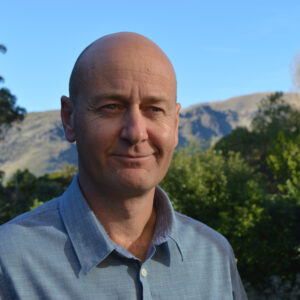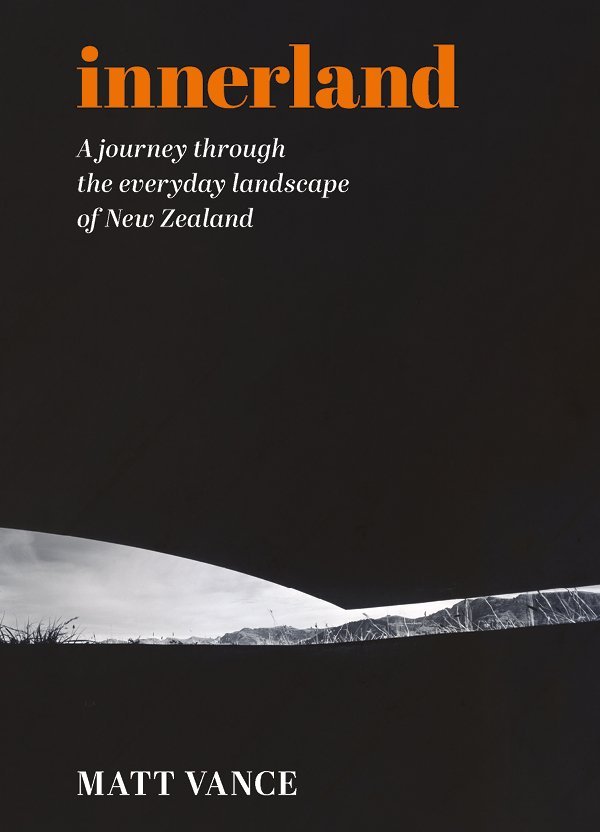
Making sense of landscapes is more than an academic exercise for Matt Vance’s Innerland, and it is certainly not a travelogue about New Zealand’s top scenic trails.
This collection of essays is a personal journey marked by the spaces and places of Vance’s life — landscapes of childhood memories, intellectual wit and critique and adventures through southern countrysides.
Landscape is not a purely technical or artistic category.
Vance, a Banks Peninsula-based writer, sailor and architecture lecturer, does give time to landscape as a historical concept or thing of political economy.
The word itself is from the Dutch, "landschop", and was used to refer to dykes and canals and picturesque Friesian scenes where sea and land meet.
But landscapes are so much more than that painting on your grandmother’s wall — the rolling hills and fluffy clouds, nicely framed.
"The picturesque is artifice masquerading as nature", he writes.

Later in the book, suburbia is observed as a landscape defined by fences, presenting a monoculture of well-cut lawns. The surreal landscape viewed from a car on an Auckland motorway also receives sharp observations from Vance.
"An automobile removes the need to observe or engage the senses. Its speed turns the richness of experience into an abstract blur."
But our idea of landscape is never pinned down too much anyway.
Vance targets futile attempts by humans to make sense of every landscape.
Antarctica, which Vance returns to throughout Innerland, is viewed as a landscape that refuses to be interpreted.
It is a grey non-space that refuses human connection.
Innerland frees landscape from its technical or artistic bounds, instead considering landscape like one might generally with spaces and places.
However, it certainly doesn’t lose sight of the specificity of landscapes.

Landscape is a slippery, personal concept.
A collection of essays, sometimes ethnographical but often narrative-based, is a better way of handling that slipperiness than a unified theory.
It allows the reader to wander around their own landscapes and ponder their — often inexplicable — relationship with spaces and places.
A particular street corner in Wellington’s CBD repeatedly occurred to me as I read Innerland. There’s not much going on, it’s an urban roadside, a simple kerb and towering building that disappears into the night sky.
The landscape provides so many memories — and that perversely attractive mixture of joy and loss called nostalgia.
I am sure, as Innerland would have it, it is not just the backdrop to a memory.
But I can’t help shaking a feeling Vance also elicits, that this particular roadside landscape stares back like the Antarctic landscape would — with total indifference.
George Elliott is an ODT subeditor












